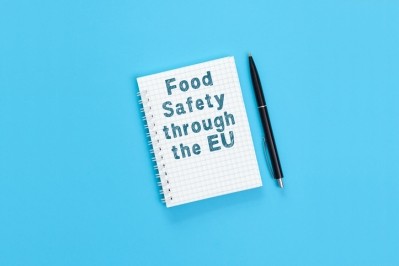EFSA outsources literature scope as it evaluates risk from presence of OTA and bromine in feed

These mandates were allocated to EFSA’s Panel on Contaminants in the Food Chain (CONTAM), which is charged with forming two working groups to be tasked with developing these opinions.
The first opinion will be an update of the previous EFSA risk assessment of OTA in feed (EFSA, 2004) taking into account new scientific information that has since become available on the risks for animal health and transfer from feed to food of animal origin related to the presence of ochratoxin A in feed.
The second opinion will be an assessment on the risks for animal health and transfer from feed to food of animal origin related to the presence of bromine in feed, with a particular focus on algae and seaweed and derived products.
Outsourcing literature search
The Parma, Italy based organization is seeking external experts to support it in terms of the preparatory work for the two opinions, outsourcing two literature searches as well as the selection of relevant studies by screening of title and abstract.
The tenderer, said EFSA, must have proven and extensive experience in literature searches and evaluations, extracting and summarizing scientific data/information both narratively and in tabular formats, in drafting scientific documents/articles related to chemical toxicity.
EFSA carries out risk assessments of contaminants that can be present in feed due to feed production, distribution, packaging, or consumption, as well as those that might be present in the environment naturally or due to man-made activity. That work is always undertaken by the CONTAM group of experts.
They assess the risk that contaminants pose to animal health, the environment and human health, through the carry-over of these compounds from feed to food of animal origin.














